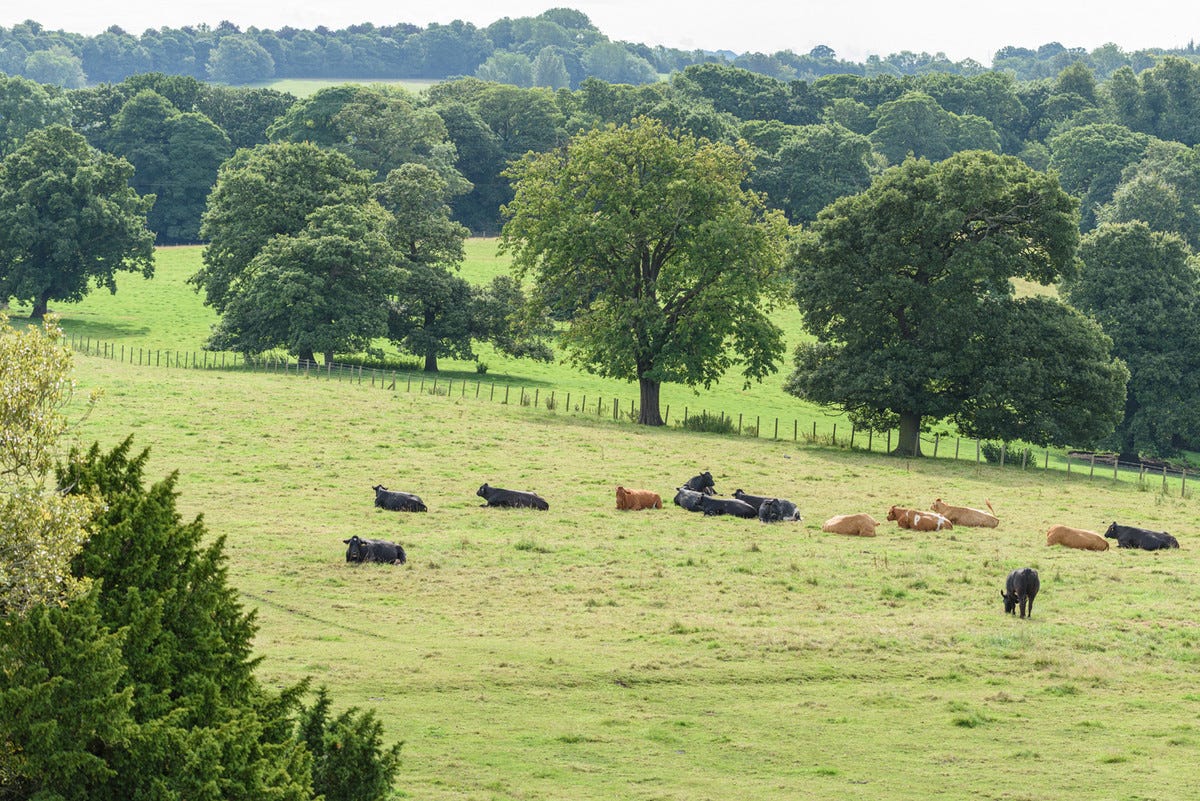Georgian landmark Burn Hall hits the market for £2.75m
One of the grand works of a Victorian architect who left his mark on the North East is up for sale. Tony Henderson reports.
Leading architect Ignatius Bonomi dotted the North East landscape with works ranging from mansions and a pioneer bridge to churches.
Bonomi, born in 1787 and who died in 1870, lived at Alington House in Durham City – now the Oriental Museum – and worked on Lambton Castle, grand County Durham country houses such as Egglestone Hall, Windlestone Hall and Burn Hall, and contributed to Blagdon Hall in Northumberland.
Windlestone was the birthplace in 1897 of Anthony Eden, who served as Prime Minister from 1955 to 1957.
Now the Grade II*-listed Burn Hall, near Durham City, which has been described as “one of the finest period country homes in the North East,” is up for sale by A&G Land & Property Agents with a guide price of £2.75 million.
“Burn Hall represents a once-in-a-generation opportunity to acquire a landmark residence of national significance, whether as a luxurious family home or an extraordinary commercial venture,” said an A&G spokesman.
In 1621, the Burn Hall estate near the River Browney had been bought by Christopher Peacock and sold, in 1715, to the remarkably named Postumous Smith.
In 1806, the estate was purchased by William Salvin. Later, Brian John Salvin commissioned Ignatius Bonomi to design a new mansion.
The estate remained in the Salvin family until 1924, before being acquired by the Saint Joseph’s Missionary Society of Mill Hill, who established a seminary at the Hall.
The current owners have spent over a decade restoring the 11-bedroom house and grounds.
Ignatius followed in the footsteps of his architect father, Joseph, who had begun work on Lambton Castle.
Ignatius went on to be Durham Cathedral architect between 1827–1834 and the surveyor of bridges for County Durham.
He became known as the “first railway architect” for his design of the Skerne Bridge, which is part of the Stockton & Darlington Railway. The bridge featured on English £5 notes issued between 1990 and 2003.
Bonomi’s projects also included Durham Prison and courthouse (1810), Durham Crown Court (1814–1821), and he was commissioned to do work on Durham Cathedral and Castle between 1827 and 1834.
His Church of St Oswald in Bellingham (1839) is one of a number of churches credited to Bonomi, a list which also includes the Sunderland city centre church of St Mary’s (1835).





